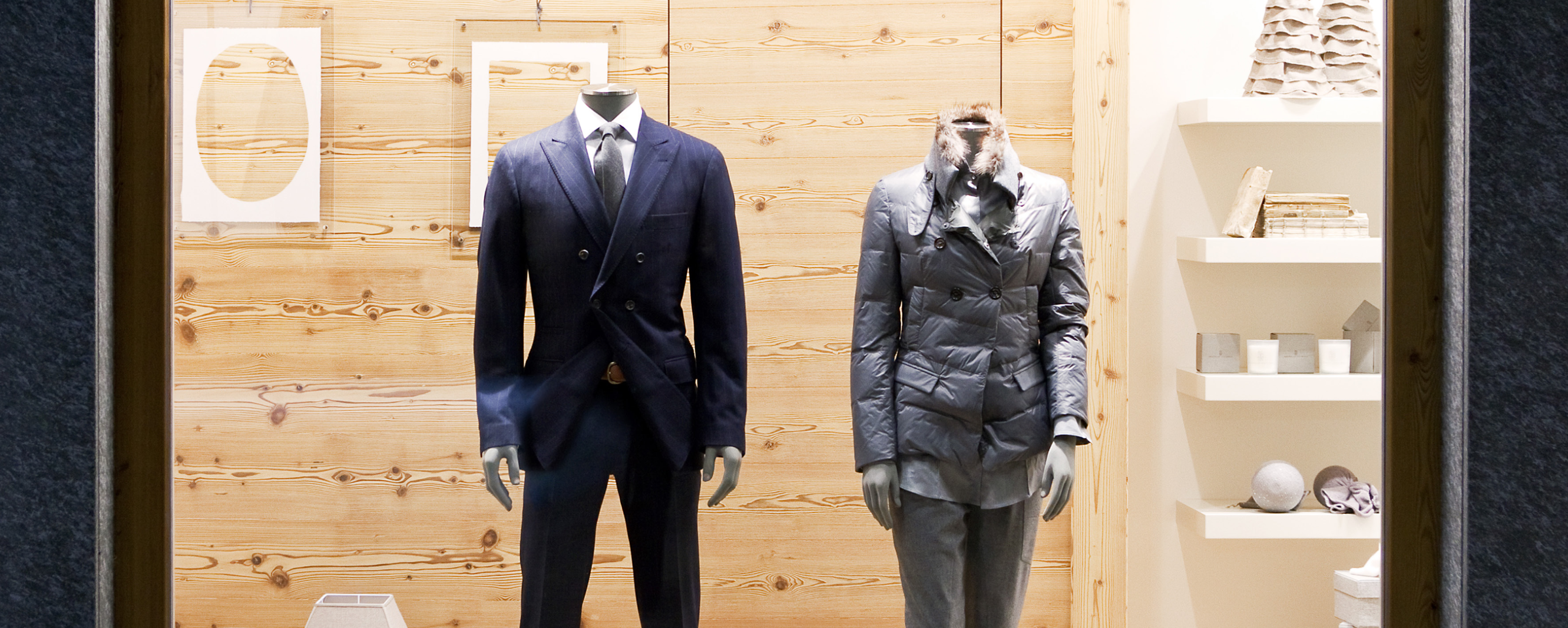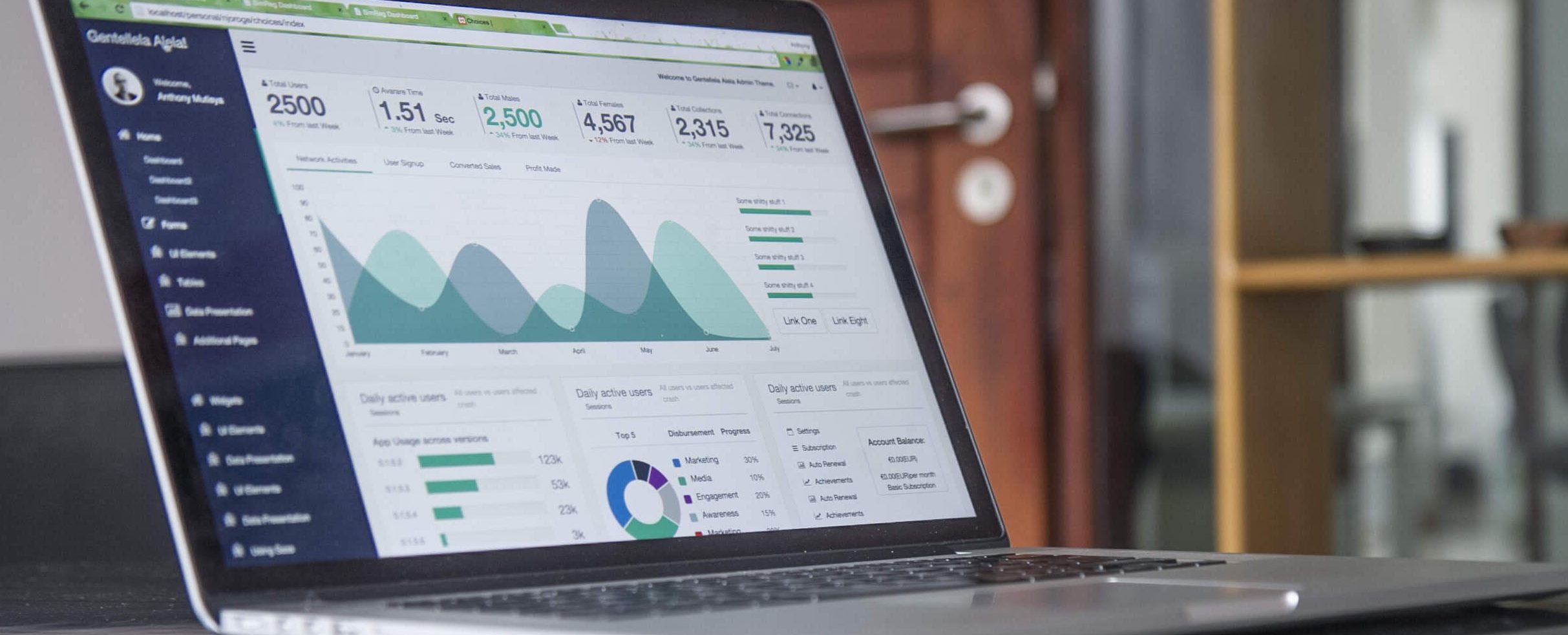
Customer journey, measured
How co-placement of an aquapark with stores affects traffic in retail part?

TRACKING CUSTOMER JOURNEY
Simple footfall counters can only count people passing through and are not capable of tracking customer flow throughout the shopping mall. In contrast, Aleph.VisionTM can also measure flows from one place to another and measure and track the real customer journey.
Aleph.VisionTM was installed in a new, just opened shopping mall with an aquapark in it. The owner’s questions were about synergies: does the co- placement of an aquapark/pool with stores increase traffic in retail locations and are their ways to improve? For the start they wanted to know:
- how do people get to the aquapark?
- how do people get to the stores?
- when people choose shopping after the pool?
- do people walk through the retail zones?
- is there a room for improvement?
HOW DO PEOPLE GET TO THE AQUAPARK?
91% of people get to the Aquapark directly from the Entrances.
9% visit one of the retail locations, before visiting the Aquapark.

HOW DO PEOPLE GET TO THE STORES?
On average, about 16% of people that exit the Aquapark head towards retail space. The percentages are 7% for Zone A, and 9% for Zone B. 84% walk straight to one of the Exits.
Most traffic to the commercial part (91%) comes directly from the mall Entrances, with only 9% of customers coming from the Aquapark, so there is little overlap with pool patrons.

WHEN DO PEOPLE GO SHOPPING AFTER THE AQUAPARK?
The rates of people going for shopping after visit in Aquapark vary during the week and depend on the hour of the day, ranging from 2% to 23%.

DO PEOPLE WALK THROUGH THE RETAIL ZONES?
One might suppose that since the number of people going to retail stores after/before aquapark is small, most people head directly for the nearest exit, or use the nearest aquapark entrance. That would mean that they do not pass through the commercial zones at all.
The data shows that this isn’t true: 46% of people exiting the Aquapark use Exit A or Exit B – located in commercial zones – while 54% chose the Pool Exit closest to the aquapark.

IS THERE A ROOM FOR IMPROVEMENT?
Definitely yes! Since 46% of people exiting the aquapark walk through the commercial zones, but only 16% of them visit any of the stores, the remaining 30% are the untapped potential.
There are a number of marketing efforts that can be directed towards increasing traffic from the aquapark to retail stores and building visitors engagement. With Aleph.VisionTM it is possible continuously monitor changes in people’s behavior, but also set, modify and track meaningful KPIs leading to the success.




